The Best and Worst Farm Animals for Beginners
Getting farm animals sounds like a dream—fresh eggs, homemade cheese, and an Instagram-worthy countryside life. But not every animal is a good match for beginners. Before you start picturing yourself as a modern-day homesteader, it’s worth knowing which animals are easygoing and which ones will turn your farm into a full-time headache.
Pekin Ducks

Credit: Wikimedia Commons
If you want a farm animal that’s easy to care for, fun to watch, and actually earns its keep, Pekin ducks are the way to go. They don’t need fancy coops, lay a ton of eggs, and are far less temperamental than some poultry (looking at you, moody roosters).
Rabbits
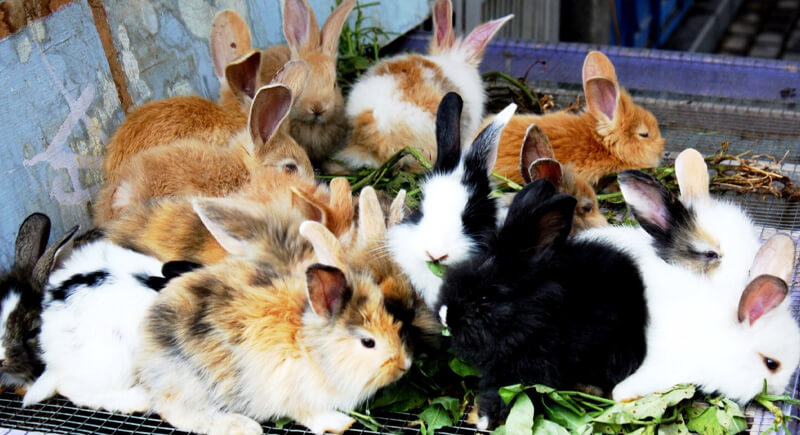
Credit: Wikimedia Commons
Rabbits might just be the best contenders for backyard farming. They don’t squawk, they don’t need acres of land, and they certainly don’t demand a gourmet diet—just some hay, veggies, and kitchen scraps. In return, they multiply like, well… rabbits.
Chickens
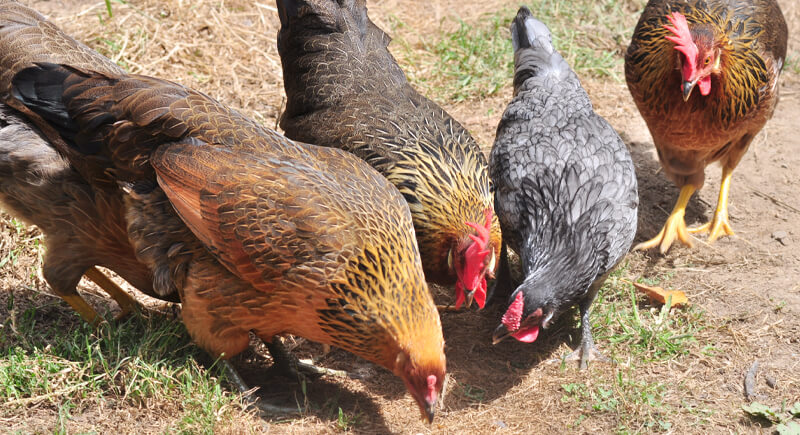
Credit: Wikimedia Commons
Raising chickens is like having a backyard full of tiny, feathered comedians who also happen to provide fresh eggs. Of course, it’s not all sunshine and scrambled eggs. Coops can be pricey, feed bills add up, and predators are always a concern. But if you’re up for a little effort, the payoff is worth it.
Goats
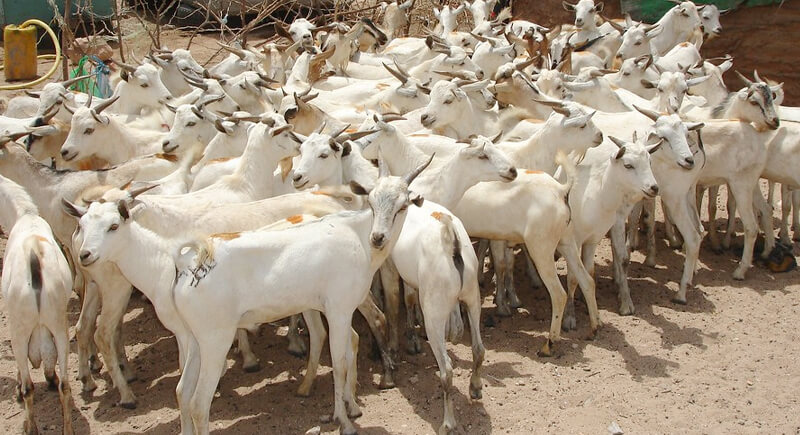
Credit: flickr
One moment, goats are charming you with their playful antics; the next, they’re halfway over a fence you thought was escape-proof. These lively animals provide milk, fiber, and natural weed control, which makes them valuable to homesteads. But they’re not for the unprepared—owning goats means staying one step ahead of their endless curiosity.
Cows
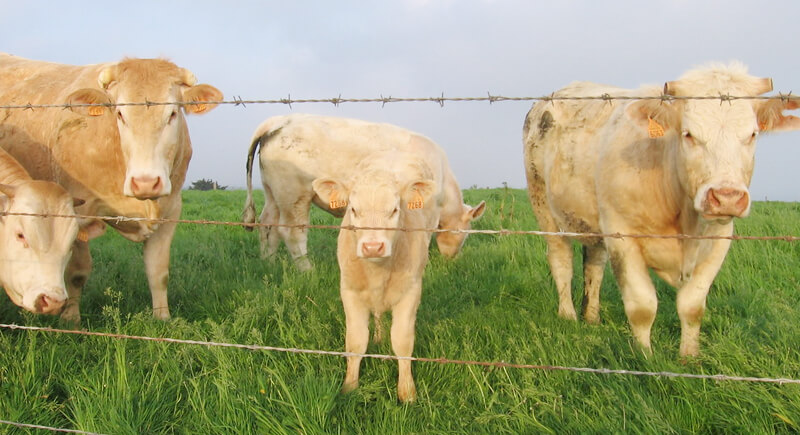
Credit: flickr
Raising cows isn’t for the faint of heart, but if you’re ready for the challenge, a well-managed herd can provide milk, meat, and a step toward self-sufficiency. But before you start dreaming of fresh dairy and homegrown beef, know this: cows need space, plus strong fencing, because a determined cow doesn’t respect weak barriers—it walks straight through them.
Honey Bees
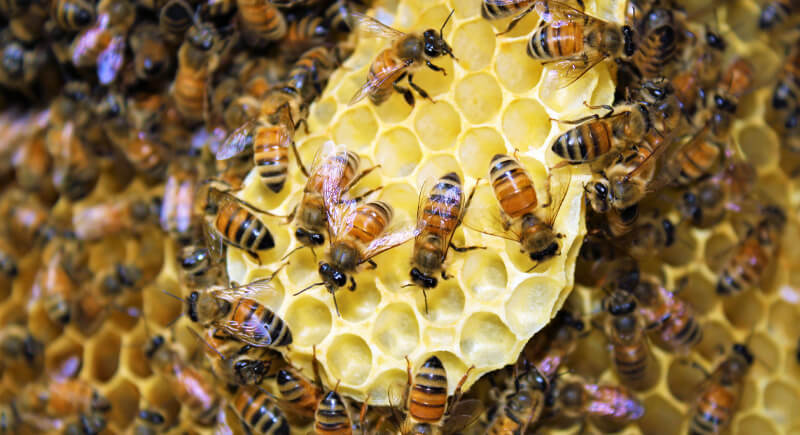
Credit: Wikimedia Commons
Beekeeping is less about honey and more about joining forces with one of nature’s hardest-working crews. Of course, beekeeping comes with its fair share of challenges—stings, hive invaders, and the occasional bee rebellion. But with the right know-how, a smoker in hand, and support from fellow beekeepers, those hurdles are easy to manage.
Sheep

Credit: Wikimedia Commons
Sheep don’t get nearly enough credit. They’re low-maintenance, endlessly useful, and, let’s be honest—pretty adorable. That’s not to say they’re entirely carefree. Sheep are escape artists if fencing isn’t secure, and parasites can be an issue without regular health checks.
Fish
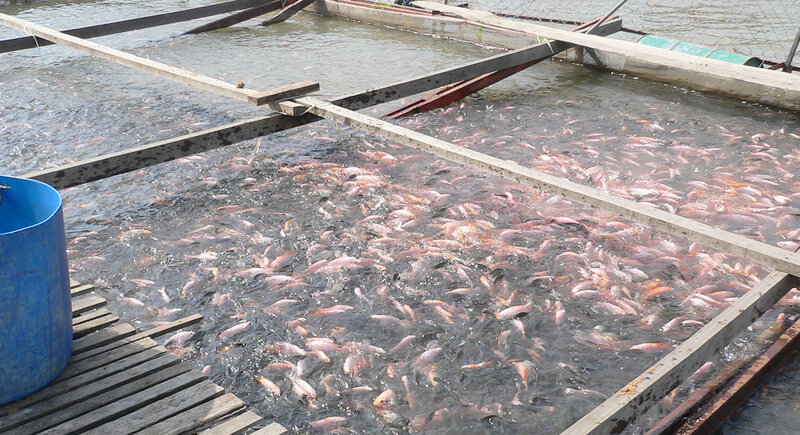
Credit: flickr
Most people think of farming as tractors and livestock, but fish farming is one of the easiest and most sustainable ways to produce fresh, high-quality protein—no barn required. If you’re just getting started, tilapia is the go-to choice. They grow fast, eat a budget-friendly plant-based diet, and thrive in all kinds of water conditions.
Nigerian Dwarf Goats
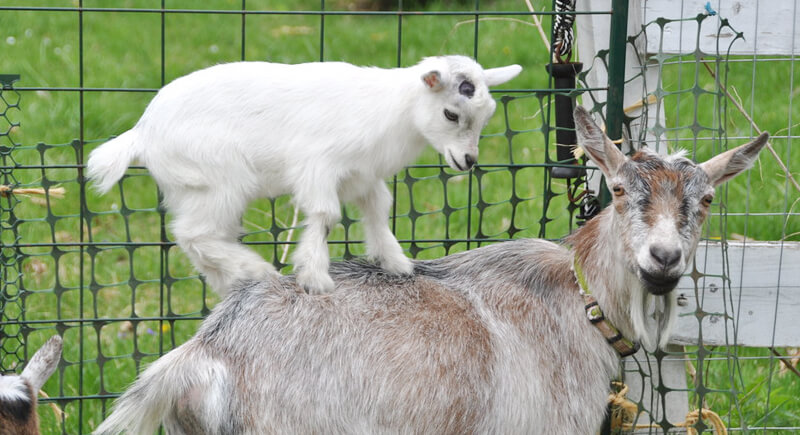
Credit: flickr
Nigerian Dwarf goats may be small, but don’t let their size fool you—they pack a ton of personality and mischief into their tiny frames. If you’re not careful, you’ll find them exploring places they definitely shouldn’t be. They’re also highly social, so keeping just one isn’t an option—without a friend, they’ll get stressed and start acting out.
Bulls

Credit: pexels
Owning a bull shows what it’s like to keep a living wrecking ball—strong, stubborn, and always looking for ways to prove it. Beyond their strength, bulls require serious health management. They’re prone to diseases like East Coast fever. So, while they can be a valuable asset, they’re not recommended for beginners.
Horses
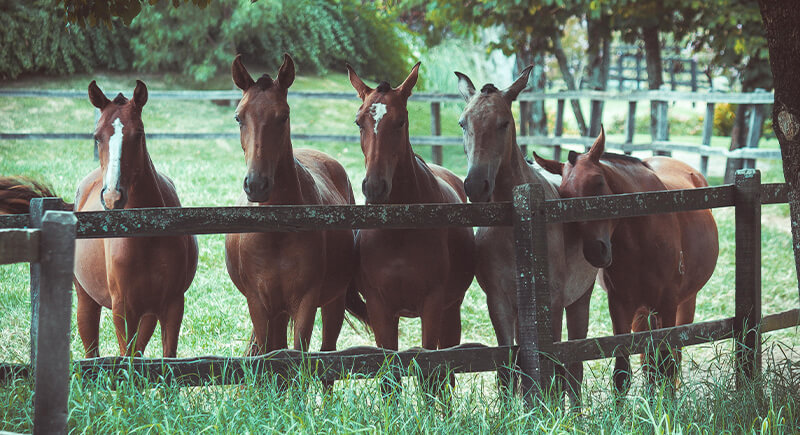
Credit: pexels
Bringing a horse into your life is more than just weekend rides and scenic trails. The thrill of owning one is real, but so are the endless feed bills, vet check-ups, and farrier visits. Without proper space or stimulation, they can develop bad habits like cribbing or weaving, which affects their well-being and leads to costly facility damage.
Donkeys
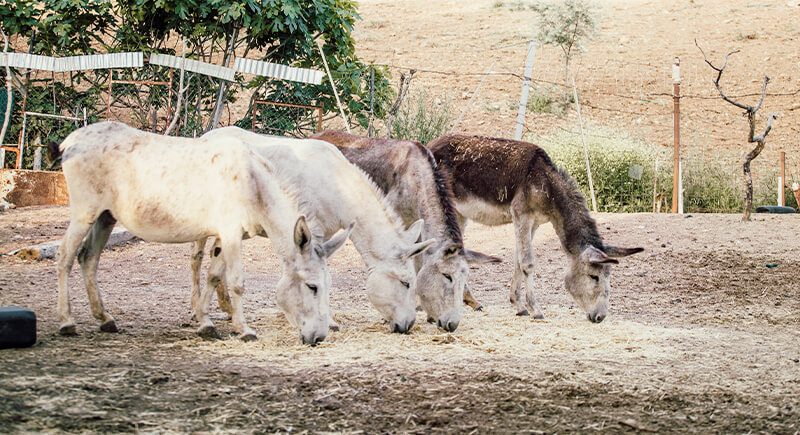
Credit: pexels
Donkeys might seem like regular farm animals, but raising them is like welcoming a four-legged best friend with a built-in alarm system and a knack for mischief. These clever creatures form deep bonds and won’t tolerate loneliness. Regular hoof care is a must, too, or you’ll have a donkey clomping around like it’s wearing high heels.
Camelids
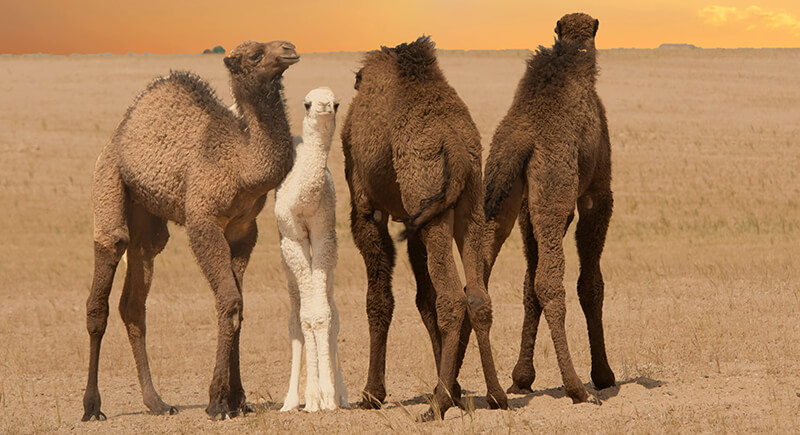
Credit: pexels
Not everyone dreams of owning a camel, but raising camelids—whether alpacas, llamas, or camels—offers a mix of challenges that make them stand out from typical livestock. These quirky creatures need a specialized, high-fiber diet. Pasture management is another key factor—these efficient grazers can overdo it without proper rotation.
Pigs

Credit: Wikimedia Commons
Pigs are surprisingly easy to manage if you set them up for success. The breed you choose matters—heritage pigs like Gloucestershire Old Spots and American Guinea Hogs are hardy, mellow, and fantastic foragers. Their diet is flexible, too—they’ll happily chow down on commercial feed, kitchen scraps, and garden waste!
Yaks

Credit: pexels
If you’ve ever wanted livestock that’s as tough as a mountain goat but as useful as a dairy cow, yaks might be your new favorite farm animal. Low maintenance is their specialty. Yaks turn basic grasses and hay into high-quality meat, fiber, and milk without demanding expensive feed.